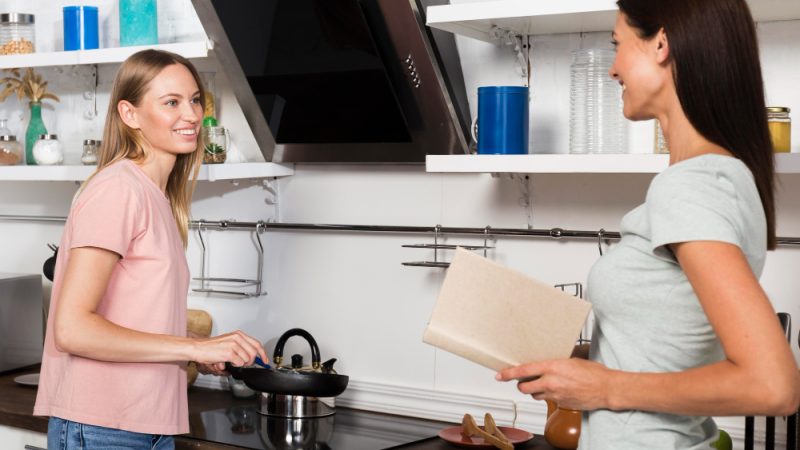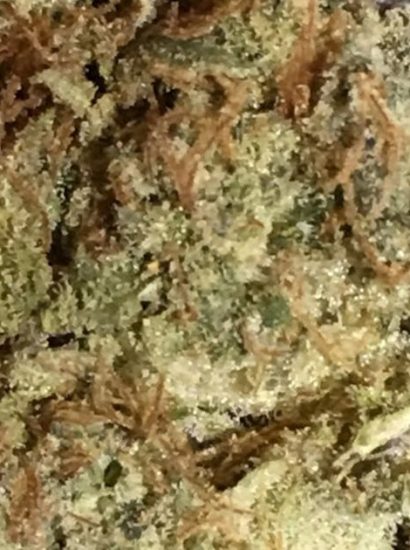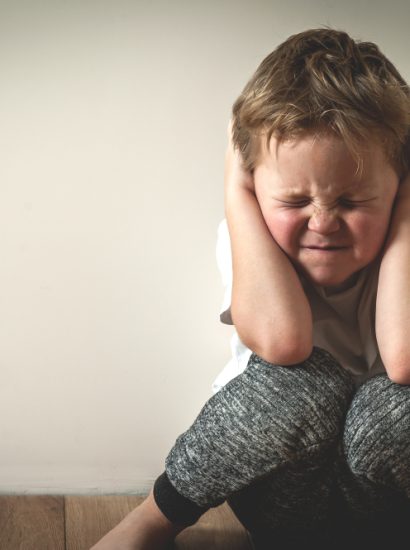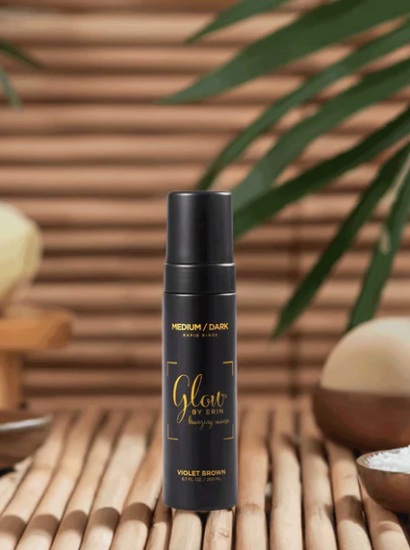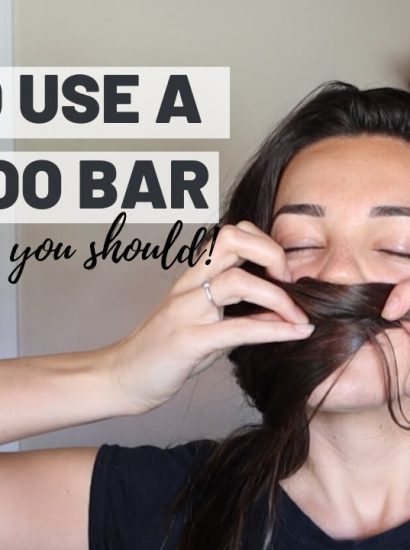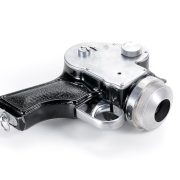Microwaving food has become a part of everyday life. It is quick, convenient, and simple, especially when you are heating leftovers or preparing meals in a rush. But one common mistake many people make is using the wrong type of plastic in the microwave. Some plastics can melt, warp, or release harmful chemicals into your food when heated. Understanding how to tell if plastic is microwave safe can protect both your health and your appliances. In this guide, you will learn exactly how to identify microwave-safe plastics and the safest ways to use them.
Why Microwave Safety Matters
Not all plastics are made the same. When plastic is exposed to high heat in a microwave, it can break down, releasing harmful substances like BPA (Bisphenol A) or phthalates into your food. These chemicals can cause long-term health risks such as hormone disruption, reproductive issues, or even cancer. Microwave-safe plastic is specifically designed to resist heat and prevent these problems. Understanding the difference between safe and unsafe plastic helps you avoid unnecessary risks while keeping your meals healthy.
Understanding Microwave-Safe Labels
The first and easiest way to know if plastic is safe for microwave use is to look for a label or marking. Most containers have small icons printed on the bottom. A microwave-safe label usually looks like a small microwave symbol or wavy lines. This means that the plastic has been tested and approved for use in the microwave. If there is no label or the container feels flimsy or thin, it is best to avoid microwaving it. When in doubt, choose glass or ceramic instead.
The Plastic Recycling Codes You Should Know
Every plastic container has a recycling code printed on it, usually inside a small triangle made of arrows. These numbers range from 1 to 7 and can help you understand what kind of plastic you are dealing with.
- #1 PET or PETE (Polyethylene Terephthalate): Commonly used for water bottles and salad dressing containers. Not recommended for microwaving.
- #2 HDPE (High-Density Polyethylene): More heat-resistant, often found in milk jugs and detergent bottles, but still not ideal for microwaves.
- #3 PVC (Polyvinyl Chloride): Should never be microwaved due to harmful chemical release.
- #4 LDPE (Low-Density Polyethylene): Sometimes microwave-safe but usually too soft.
- #5 PP (Polypropylene): The best and most common microwave-safe plastic. Used in yogurt cups, microwaveable meal containers, and reusable storage boxes.
- #6 PS (Polystyrene): Used in disposable plates and cups, should never be microwaved.
- #7 Other: A mix of various plastics, often containing BPA. Avoid microwaving.
If you find a container with the number 5, it is typically the safest choice for heating food in the microwave.
Check for the Manufacturer’s Guidelines
Many manufacturers print care instructions directly on the packaging. Check if it says “Microwave Safe” or includes usage instructions for microwaving. If the packaging warns against microwave use, take it seriously. Even if a container looks sturdy, that does not mean it can handle heat safely. Reading the manufacturer’s instructions is the simplest way to stay safe.
Observe How the Plastic Reacts to Heat
If you are unsure whether a container is microwave safe, you can perform a simple test. Fill a cup or bowl made of the plastic in question with water and microwave it for one minute. Carefully check the temperature of both the water and the container. If the water is hot but the container is cool, it is likely microwave safe. If the container becomes hot, soft, or warped, it is not safe for microwave use. Always perform this test with caution and avoid testing thin or disposable plastics.
The Dangers of Using the Wrong Plastic
Using the wrong plastic in the microwave can cause several problems. Some plastics melt or deform, creating a mess in your microwave. Worse, when they heat up, they can leach harmful chemicals into your food. This is especially dangerous with fatty or oily foods because fat attracts more of these chemicals. Over time, consuming food contaminated with plastic toxins may contribute to serious health problems. Always choose safe containers and avoid taking shortcuts with convenience packaging.
Safer Alternatives to Plastic
If you want to avoid the risks altogether, consider switching to safer materials for microwaving. Glass and ceramic containers are the best alternatives. They are non-toxic, heat-resistant, and do not absorb or release chemicals. Pyrex and tempered glass dishes are ideal for reheating food safely. Some silicone containers are also microwave-safe, but always check the manufacturer’s label. Investing in a few good-quality glass containers can keep your food and health protected for years.
Common Myths About Microwaving Plastic
There are many myths about microwaving plastic. One of the most common is that all plastic is unsafe. This is not true. Some plastics, especially those labeled as microwave safe, are tested to withstand heat. Another myth is that microwaving plastic automatically makes food toxic. While unsafe plastics can release chemicals, microwave-safe containers are designed to prevent this. It is also a myth that using a microwave cover made of plastic wrap is always dangerous. Many brands make microwave-safe plastic wraps that are safe when not in direct contact with the food. The key is to check for proper labeling and use the plastic correctly.
Tips for Microwaving Food Safely
To make sure you use your microwave safely, follow these simple practices:
- Always remove metal parts, lids, or foil before microwaving.
- Use vented lids or leave a small gap to allow steam to escape.
- Do not microwave cracked or damaged containers.
- Avoid using old takeout containers, as they are usually single-use and not microwave safe.
- Reheat food in short intervals and stir it to distribute heat evenly.
These steps may seem small, but they go a long way in keeping your food safe and your microwave functioning properly.
When to Replace Your Microwave Containers
Even microwave-safe containers wear out over time. If you notice cracks, warping, discoloration, or strange smells, it is time to replace them. Old containers can absorb food particles and chemicals that may release into your meals when heated. Regularly inspect your containers and avoid using anything that looks worn. A good rule of thumb is to replace plastic containers every few years or sooner if they show signs of damage.
Conclusion
Knowing how to tell if plastic is microwave safe is an important part of kitchen safety. The best way to protect your health is to check for microwave-safe labels, use containers made of polypropylene (number 5), and avoid any plastic that looks weak or damaged. When possible, switch to glass or ceramic for reheating and storing food. These materials are more durable and eliminate the risk of harmful chemical exposure. Microwave safety is about awareness and good habits. With the right information and care, you can continue to enjoy the convenience of your microwave without compromising your health.
FAQs
1. What happens if I accidentally microwave unsafe plastic?
If you microwave a plastic that is not microwave safe, it might melt or release harmful chemicals into your food. If this happens, throw away the food and clean your microwave thoroughly. Avoid using that container again.
2. Can I reuse takeout containers in the microwave?
Most takeout containers are meant for one-time use and are not designed to handle heat. Unless they are labeled as microwave safe, it is best not to reuse them.
3. Is BPA-free plastic always microwave safe?
No, BPA-free only means that the plastic does not contain bisphenol A. It does not guarantee microwave safety. Always look for the microwave-safe label in addition to the BPA-free mark.
4. Are plastic wraps safe to use in the microwave?
Some plastic wraps are microwave safe, but not all. Always check the packaging. Keep the wrap from touching the food directly, and leave space for steam to escape.
5. What is the safest type of plastic for microwave use?
Polypropylene (marked with the number 5) is generally considered the safest plastic for microwave use. It is heat resistant, sturdy, and less likely to release chemicals.
Also read: What Is Taro Ice Cream? Taste, Recipe, and Origin Explained

